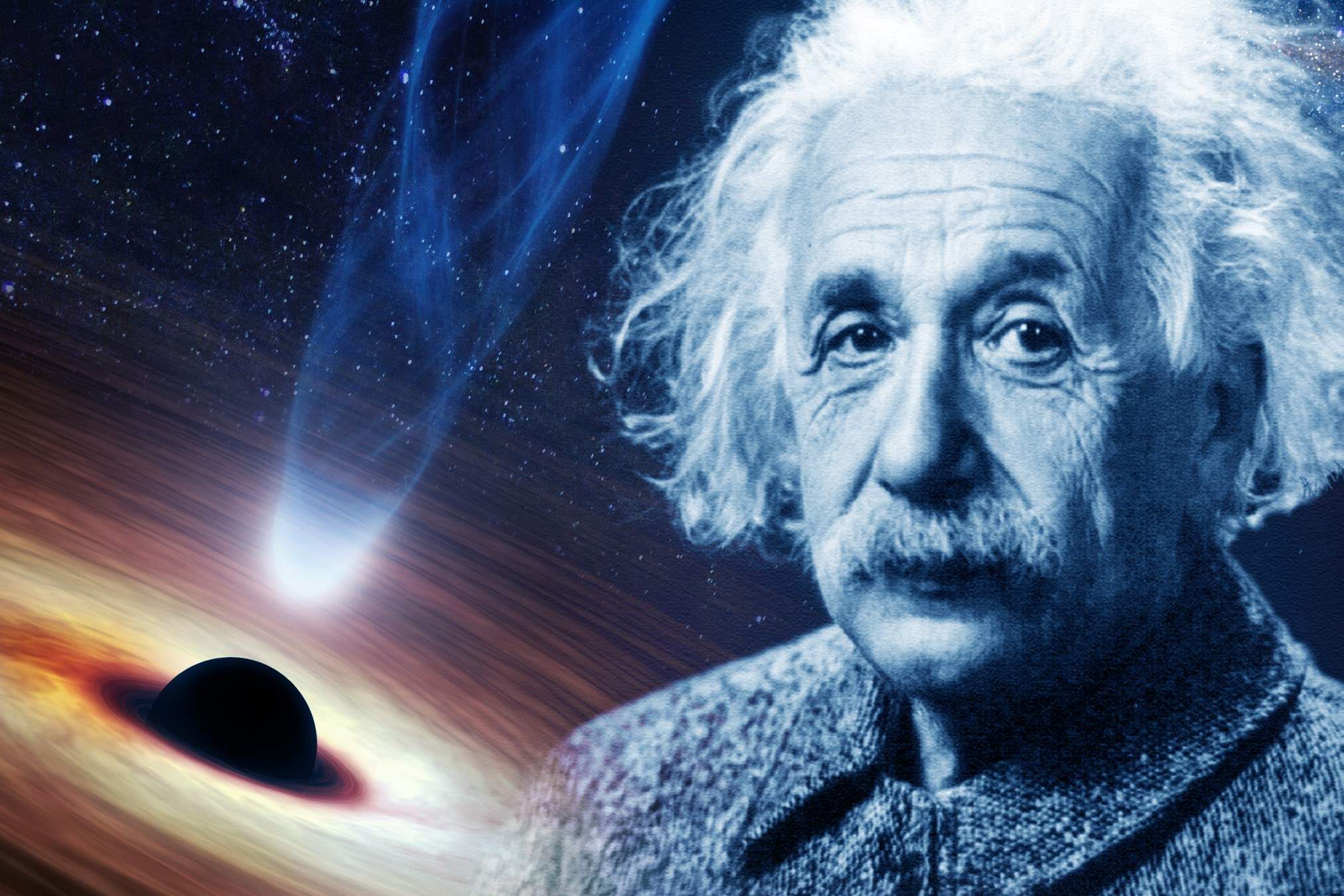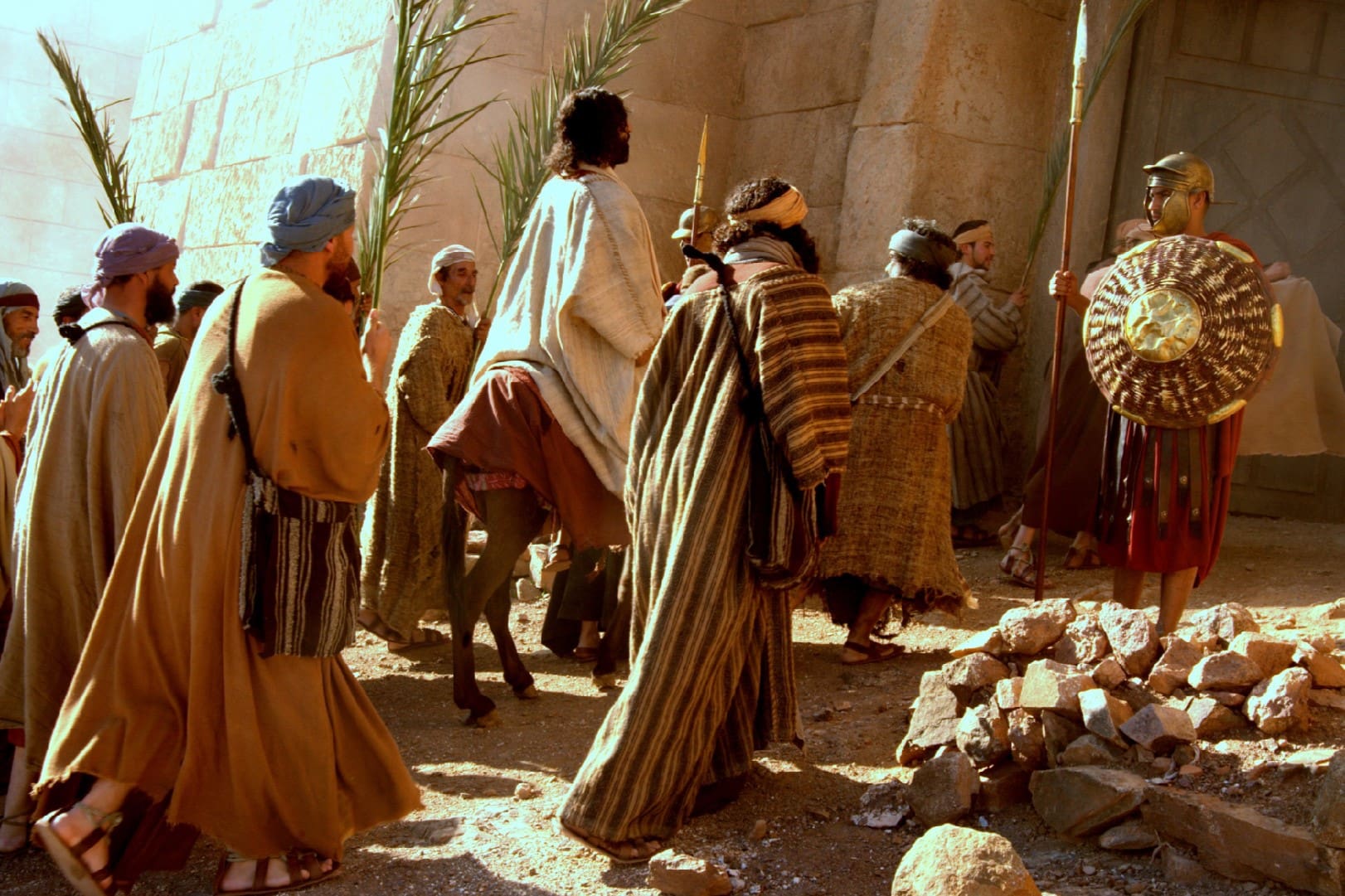
Ever wondered what makes Einstein's Theory of Relativity so groundbreaking? This theory, proposed by Albert Einstein in the early 20th century, changed how we understand space, time, and gravity. Einstein's Theory of Relativity consists of two parts: Special Relativity and General Relativity. Special Relativity, introduced in 1905, focuses on objects moving at constant speeds, especially those near the speed of light. General Relativity, presented in 1915, expands on this by explaining how gravity affects space and time. These concepts might sound complex, but they have practical applications in everyday life, from GPS technology to understanding black holes. Ready to dive into some mind-blowing facts about this revolutionary theory? Let's get started!
What is Einstein's Theory of Relativity?
Einstein's Theory of Relativity revolutionized our understanding of space, time, and gravity. It consists of two parts: Special Relativity and General Relativity. Here are some fascinating facts about this groundbreaking theory.
-
Special Relativity was introduced in 1905. It focuses on objects moving at constant speeds, particularly those close to the speed of light.
-
General Relativity came later in 1915. This part of the theory explains how gravity affects the fabric of space-time.
-
E=mc² is the most famous equation from Special Relativity. It shows that energy (E) and mass (m) are interchangeable, with c² being the speed of light squared.
Key Concepts in Special Relativity
Special Relativity brought several new ideas that changed physics forever. Here are some key concepts.
-
Time Dilation means time moves slower for objects moving close to the speed of light compared to those at rest.
-
Length Contraction states that objects moving at high speeds appear shorter in the direction of motion.
-
Relativity of Simultaneity suggests that two events happening at the same time for one observer may occur at different times for another.
General Relativity and Gravity
General Relativity expanded on Newton's ideas of gravity, providing a more comprehensive explanation. Here are some intriguing aspects.
-
Curved Space-Time explains that massive objects like stars and planets warp the space-time around them, creating gravity.
-
Gravitational Time Dilation means time runs slower in stronger gravitational fields. For example, time moves slower on Earth than in space.
-
Black Holes are predicted by General Relativity. They are regions of space where gravity is so strong that not even light can escape.
Real-World Applications
Einstein's theories aren't just theoretical; they have practical uses in everyday life. Here are some examples.
-
GPS Technology relies on both Special and General Relativity to provide accurate location data. Without these corrections, GPS systems would be off by several kilometers.
-
Particle Accelerators use principles from Special Relativity to accelerate particles to near-light speeds for research.
-
Astrophysics uses General Relativity to understand phenomena like the bending of light around massive objects, known as gravitational lensing.
Experimental Evidence
Einstein's theories have been tested and confirmed through various experiments. Here are some notable ones.
-
Eddington's 1919 Eclipse Expedition provided the first experimental confirmation of General Relativity by observing the bending of starlight around the sun.
-
Hafele-Keating Experiment in 1971 involved flying atomic clocks around the world. The results confirmed time dilation predicted by Special Relativity.
-
LIGO's Detection of Gravitational Waves in 2015 confirmed another prediction of General Relativity. These waves are ripples in space-time caused by violent cosmic events.
Fun Facts
Einstein's Theory of Relativity has some quirky and fun aspects too. Here are a few.
-
Einstein's Initial Skepticism: Even Einstein doubted some implications of his theories, like black holes, which he called "singularities."
-
Pop Culture: The theory has inspired countless movies, books, and TV shows, making it a staple in science fiction.
-
Einstein's Nobel Prize: Surprisingly, Einstein didn't win the Nobel Prize for Relativity but for his work on the photoelectric effect.
Einstein's Theory: A Game Changer
Einstein's Theory of Relativity changed how we see the universe. From time dilation to mass-energy equivalence, these concepts shook the foundations of physics. They paved the way for GPS technology, nuclear energy, and even our understanding of black holes.
This theory isn't just for scientists. It affects everyday life, like how your smartphone's GPS works. It also inspires curiosity about the cosmos.
Einstein's work reminds us that the universe is full of surprises. His ideas continue to influence science, technology, and our view of reality.
So, next time you look at the stars, remember Einstein's theory. It shows that even the most complex ideas can have a profound impact on our daily lives.
Was this page helpful?
Our commitment to delivering trustworthy and engaging content is at the heart of what we do. Each fact on our site is contributed by real users like you, bringing a wealth of diverse insights and information. To ensure the highest standards of accuracy and reliability, our dedicated editors meticulously review each submission. This process guarantees that the facts we share are not only fascinating but also credible. Trust in our commitment to quality and authenticity as you explore and learn with us.


